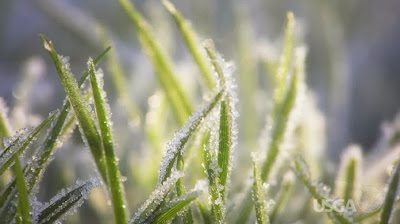Read for Earth Science
and get a certificate for a
free pizza at Pizza Hut!
Directions: Print this page and earn a "Book It" pizza certificate for each reading assignment. Parents, just sign next to the reading assignment when your child reads for Earth Science lab.
1st Lab Week
Concept: The Solar System
Class Reading: FOSS Science Resources Read pages 145-168.
2nd Lab Week
Concept: Water Vapor & Heating Earth
Class Reading:
Water Vapor: FOSS Science Resources Read pages 182-196.
Heating Earth: FOSS Science Resources Read pages 198-217.
3rd Lab Week
Concept: Water Cycle
Class Reading: FOSS Science Resources Read pages 219-226.
4th Lab Week
Concept: Severe Weather
Class Reading: FOSS Science Resources Read pages 227-235.
5th Lab Week
Concept: Forecasting Weather
Class Reading: FOSS Science Resources Read pages 236-250.
Until supplies last.
























































